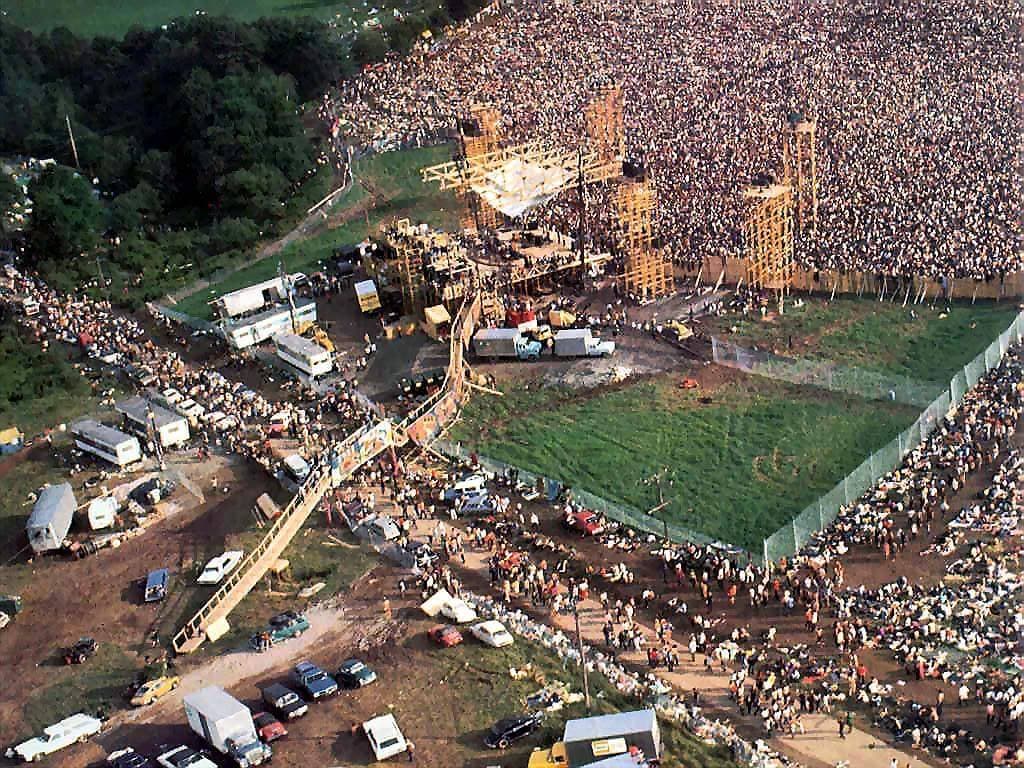We’re talking of course, about Woodstock. The gathering that became a cultural phenomena and changed the world forever. The happening that created the archetype and aspiration for every music festival that came after. The time Jimi Hendrix played a distorted ‘Star Spangled Banner’ for the huddled masses — which became just one of many iconic moments that took place over the weekend. The time everyone took psychedelics and dreamed of a new world.
I mean we could go on forever — many people do! Including the millions who claim they were there (but definitely couldn’t all have been!)
Separating Fact From Fiction
Cultural phenomena like this always become mythical, and sometimes it’s hard to separate the fact from the fiction. What we can be sure of though, is the effect Woodstock had on both general and psychedelic culture immediately after, and still today.
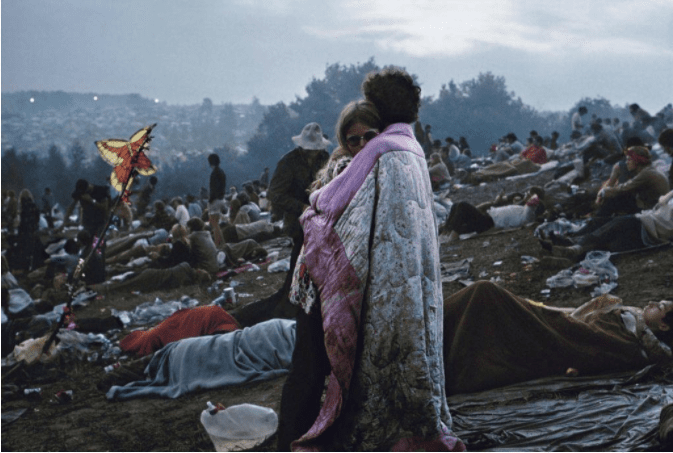
If the wider population thinks about psychedelics even now, the image that comes to mind is more often than not hippies dancing at Woodstock, smiling and chock-full of LSD or magic mushrooms. For a short while a psychedelic-induced Nirvana was possible, or so it seemed. But, let’s start at the beginning! The story of Woodstock, and how it became legend.
The Story of Woodstock
The story of Woodstock takes place amidst America in a state of unrest. The world was changing, the civil rights movement was gaining ground. This resulted in much protest and conflict as people fought for equality. The Vietnam war was raging, greatly opposed by young people. They realised that the world could and should be different. Their minds were being opened by new music and freer ways of living, as well as psychedelic drugs such as magic mushrooms and LSD. They were looking for a haven, and there were four men keen to provide.
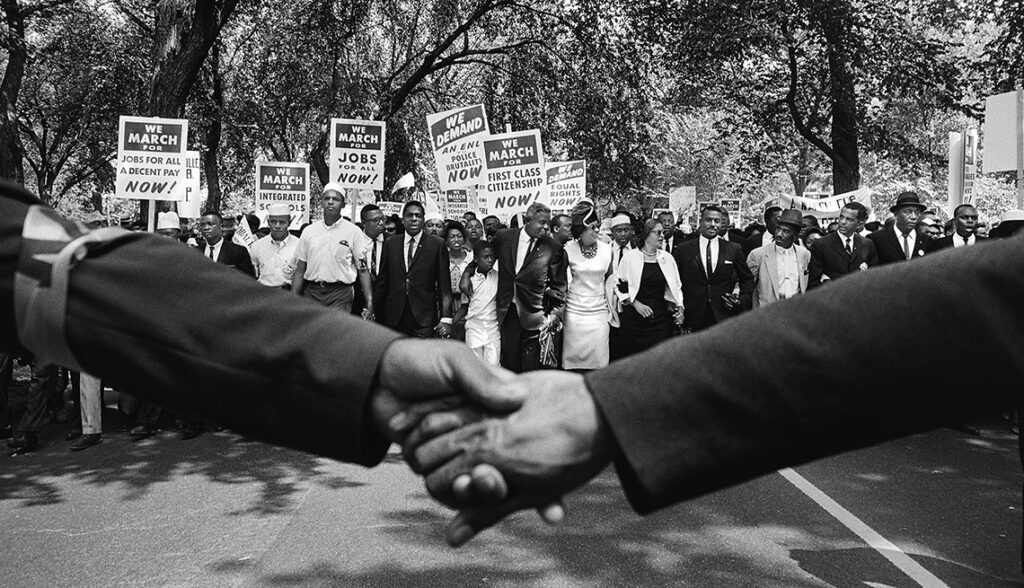
John Roberts, Artie Kornfield, Joel Rosenman and Michael Lang were all in their late 20s, involved in the music industry. They wanted to make something happen. They formed Woodstock Ventures, Inc. and decided that the ‘something’ was to be a music festival. After various venue changes (many towns approached got spooked by the thought of a ton of hippies descending upon them) with one month to go, dairy farmer Max Yasgar offered part of his land in Bethel, nestled in the Catskill Mountains.
Securing Superstars To Play At The Festival
Once the venue was settled, the artists had to be secured. After a slow start, Creedence Clearwater Revival agreed to perform. Once they showed interest other big names poured in, from Janis Joplin to Jimi Hendrix. The organisers had planned for about 50,000 attendees. Before the festival even began over 100,00 tickets had been pre-sold. As more and more people began to arrive and camp at the venue the festival was forced to become free. The decision had to be made to prioritise welcoming everyone over profit. It is estimated that one million tried to make their way to Woodstock that August; roads across the city were jammed and blocked. Eventually about half a million people completed their journey and found themselves on the farm.
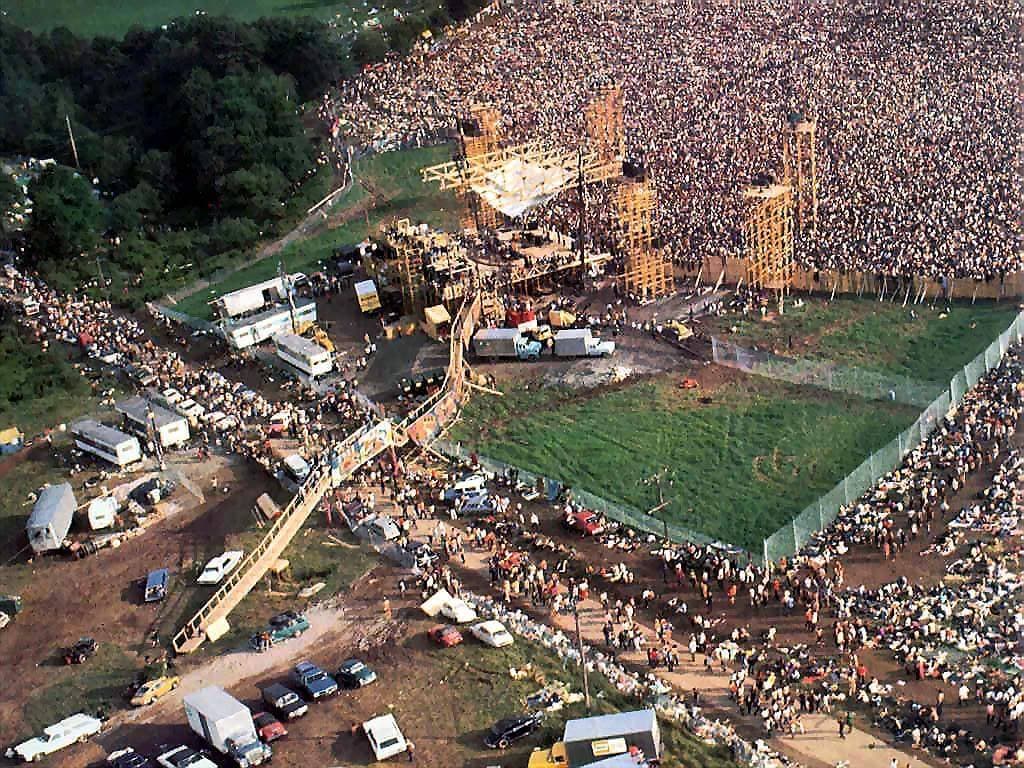
Despite The Large Crowds It Stayed Groovy
Of course, you probably know the overview of what happened next. From August 15th – 18th legends such as Joan Baez, Ravi Shankar, Santana, The Grateful Dead, The Who, Janis Joplin, Jefferson Airplane, and Jimi Hendrix performed. It rained. People danced and made love. The food ran out. A New Mexico pig farming co-operative called Hog Farm were called in to feed and care for the people — they even invented the ‘freak-out tent’ — a place where those suffering a ‘bad trip’ could be looked after. This caring-first approach is probably one of the reasons that Woodstock famously had very little incident. Though there were two deaths (one person run over, another from a drug overdose) out of the nearly 500,000 people attending, there was little to no violence. Dr William Abruzzi, working at the festival recalls;
“This might very well have been an example of the first time that a large number of people have come together, lived together, suffered together, and given to the rest of us an indication that it can be done in love and peace.”
Was The Lack of Violence Due To Psychedelics?
Many people attribute this to the peace-and-love attitude held by the hippies and young people in attendance. This was not least, however, helped along by the high instance of psychedelic drug usage at the festival. Woodstock remains, among countless other things, a marker of how psychedelics can both give a mind-bending good time and encourage you to care for your fellow human bean.
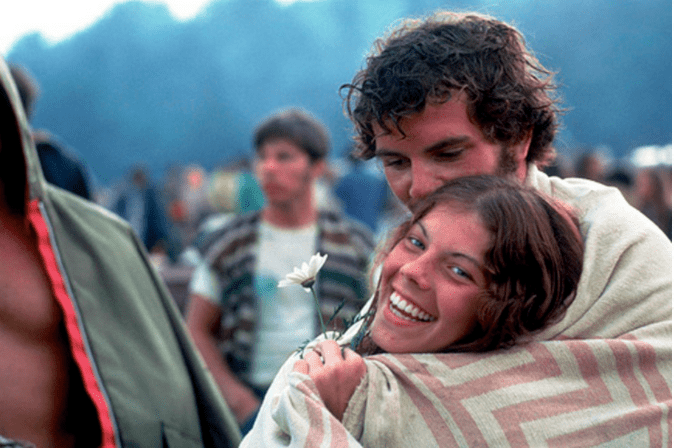
Perhaps the perceived ‘wildness’ of the festival contributed to the eventual banning of psychedelic substances in 1970 via the Psychotropic Drugs Act. Perhaps the thought of youthful minds being opened and questioning the status-quo had the government running scared. Either way, this ban ensured that nothing like the original Woodstock of 1969 (the later attempts such as Woodstock ‘99 are best forgotten) could ever happen again.
But, like all good myths and legends, Woodstock endures. It teaches us about ourselves. That people can be cold, hungry and wet, but still care for each other. It’s a reflection on psychedelics too. In a broader sense, all of the things that magic mushrooms and LSD helped to nurture at the festival — generosity, love, creativity — are being re-discovered today in the psychedelic renaissance. With psychedelics being reintroduced into the world as the caring and effective way to alleviate conditions such as depression, PTSD, OCD, as well as optimise your mood and creativity, it seems that the much maligned hippies were underestimated in their time.
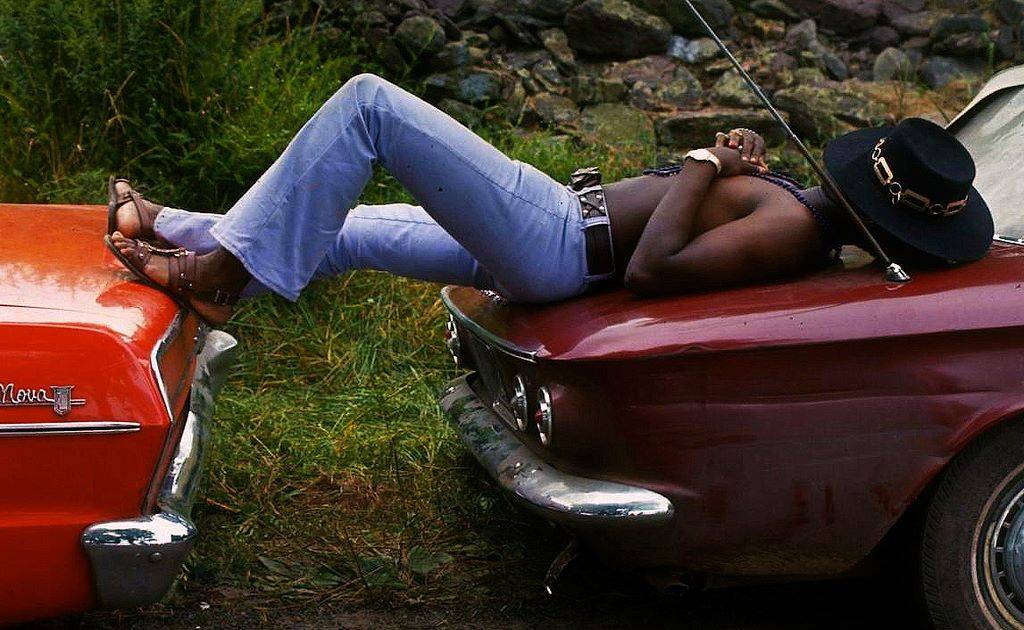
Woodstock Was An Expression of Love
Of course the long haired kids in the field couldn’t have known the extent of the medical potential of their shrooms, but they certainly appreciated their magical qualities. Harlan Lebo, a cultural historian explains;
“In spite of the rain, lack of food, and limited sanitation, those at Woodstock found earnest respect, kindness, and unconditional acceptance of others. When eyewitnesses recall their memories of Woodstock, they seldom – if ever – linger on the drugs or the sex; what they do treasure are the three days of unity – chatting happily with local cops, or sharing oranges with strangers, or standing on a street corner handing out lollipops – the simple human dignity of sharing and caring”.
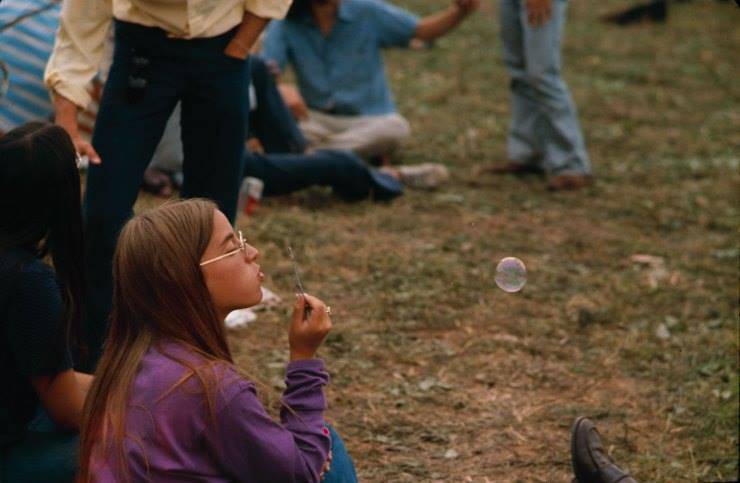
The Legacy of Woodstock Today
Today we can follow the lineage of Woodstock, an optimistic venture into the ideals of a better world, in the burgeoning psychedelic movement. The hippies of the 1960s concerns included civil rights, social aid and support, as well as the environment. All things that are still issues today. They went a long way to ensure change happened in their era. Perhaps in our new psychedelic renaissance we can continue to further these original causes. Because if there’s one thing that both the original hippies and today’s scientists will tell us, psychedelics can open your mind and heart.
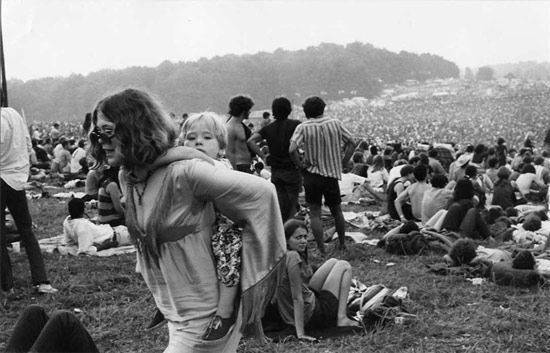
So while when you think of Woodstock, you might picture naked people dancing in mud — or the Grateful Dead almost being electrocuted by their wet equipment — but what holds the legend together is the brave new world the attendees were dreaming of… (and the damn good music!)
Happy Woodstock Anniversary! In honour of the day its only right you take a trip of your own….

